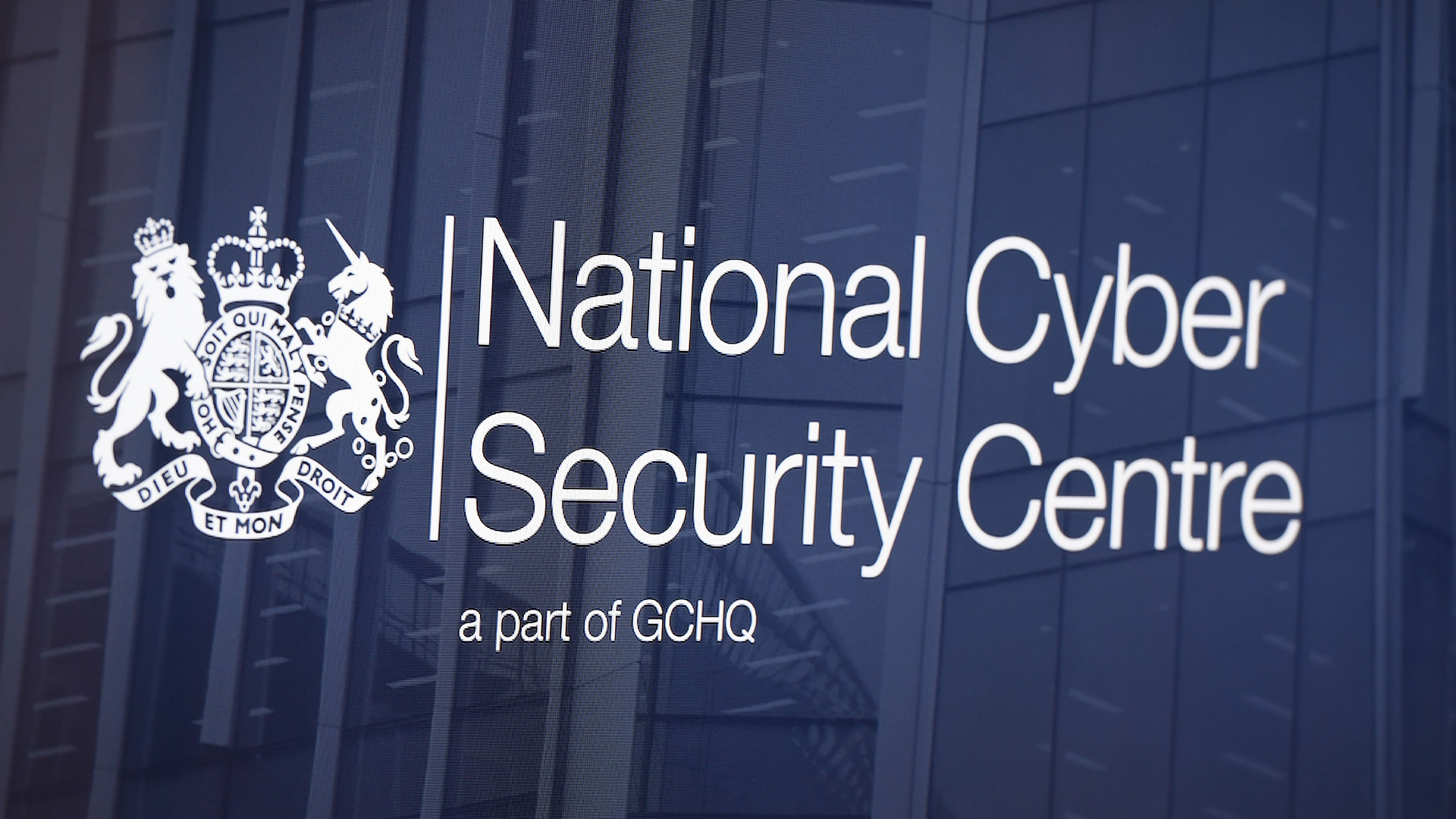The NCSC wants to know how your business is using honeypots to combat hackers
The NCSC hopes to encourage the use of cyber deception techniques within the UK, across government and critical national infrastructure


The UK's National Cyber Security Centre (NCSC) is calling for industry comment on the use of cyber deception in cyber defense.
The center said it recognizes the potential value of using cyber deception technologies and techniques to support cyber defense in certain situations. And as a result, it's aiming to establish an evidence base for use cases on a national scale, in support of its Active Cyber Defence 2.0 initiative.
As a starting point, the NCSC sees two main use cases. The first is low-interaction solutions such as digital tripwires and honeytokens to alert organizations of all types to unauthorized access.
The second is both low-interaction and high-interaction honeypots to collect threat intelligence both at a large scale and as one-off instances, which it sees being deployed by organizations with mature security capabilities, as well as managed cyber security service providers.
"During discussions, it became clear that ‘deception’ has connotations which can be uncomfortable for some," the NCSC explained.
"It is important to acknowledge this, and although there are wider definitions of cyber deception in military and other contexts, they differ to the technology we are referring to here."
By tripwires, it means components and systems designed to detect a threat actor by interacting with them to disclose their unauthorized presence in an environment which include honeytokens.
Sign up today and you will receive a free copy of our Future Focus 2025 report - the leading guidance on AI, cybersecurity and other IT challenges as per 700+ senior executives
Honeypots, meanwhile, it defines as "components and systems designed to allow a threat actor to interact with them, allowing observation of their techniques, tactics, and procedures (TTPs), as well as the capability and infrastructure they use – with the aim of collecting cyber threat intelligence".
Finally, breadcrumbs are described as digital artifacts distributed in a system that entice a threat actor to interact with a tripwire and/or honeypot.
The NCSC wants to see more honeypots and deception techniques
RELATED WHITEPAPER

The NCSC said it plans to collect existing evidence, but also to encourage the use of these techniques across the UK, including in government security operations and critical national infrastructure.
It's aiming for 5,000 instances on the UK internet of low and high interaction solutions across IPv4 and IPv6, 20,000 instances within internal networks of low interaction solutions, 200,000 assets within cloud environments of low interaction solutions and 2,000,000 tokens deployed.
There are three core research questions it aims to examine:
- How effective are deployments at supporting the discovery of latent compromises within organization estates
- How effective are deployments at supporting the enduring discovery of new compromises by threat actors
- Does knowledge of the presence of such technologies at a national level actually affect the behavior of threat actors?
Honeypots are already being deployed across the UK, allowing organizations to detect where cybercriminals are coming from, the level of threat, their preferred tactics, and the data or applications they're interested in - as well as how well existing cybersecurity measures are working.
Last year, for example, the National Grid said it was looking to award a £1 million contract for honeypot technology, and it's widely used by law enforcement.
Emma Woollacott is a freelance journalist writing for publications including the BBC, Private Eye, Forbes, Raconteur and specialist technology titles.
-
 The NCSC touts honeypots and ‘cyber deception’ tactics as the key to combating hackers — but they could ‘lead to a false sense of security’
The NCSC touts honeypots and ‘cyber deception’ tactics as the key to combating hackers — but they could ‘lead to a false sense of security’News Trials to test the real-world effectiveness of cyber deception solutions have produced positive results so far
-
 Government urges large enterprises to shore up defenses as NCSC warns UK faces four 'nationally significant' cyber attacks every week
Government urges large enterprises to shore up defenses as NCSC warns UK faces four 'nationally significant' cyber attacks every weekNews UK enterprises of all sizes face escalating cybersecurity threats, ministers have warned
-
 Industry welcomes the NCSC’s new Vulnerability Research Initiative – but does it go far enough?
Industry welcomes the NCSC’s new Vulnerability Research Initiative – but does it go far enough?News The cybersecurity agency will work with external researchers to uncover potential security holes in hardware and software
-
 ‘States don’t do hacking for fun’: NCSC expert urges businesses to follow geopolitics as defensive strategy
‘States don’t do hacking for fun’: NCSC expert urges businesses to follow geopolitics as defensive strategyNews Paul Chichester, director of operations at the UK’s National Cyber Security Centre, urged businesses to keep closer tabs on geopolitical events to gauge potential cyber threats.
-
 Cyber attacks have rocked UK retailers – here's how you can stay safe
Cyber attacks have rocked UK retailers – here's how you can stay safeNews Following recent attacks on retailers, the NCSC urges other firms to make sure they don't fall victim too
-
 Five Eyes cyber agencies issue guidance on edge device vulnerabilities
Five Eyes cyber agencies issue guidance on edge device vulnerabilitiesNews Cybersecurity agencies including the NCSC and CISA have issued fresh guidance on edge device security.
-
 "Thinly spread": Questions raised over UK government’s latest cyber funding scheme
"Thinly spread": Questions raised over UK government’s latest cyber funding schemeThe funding will go towards bolstering cyber skills, though some industry experts have questioned the size of the price tag
-
 State-sponsored cyber crime is officially out of control
State-sponsored cyber crime is officially out of controlNews North Korea is the most prolific attacker, but Russia and China account for the most disruptive and tightly-targeted campaigns


